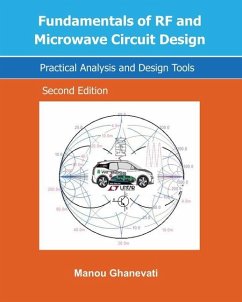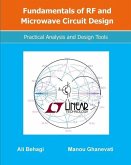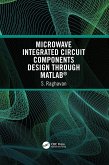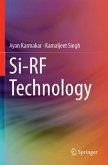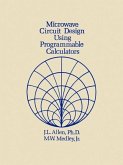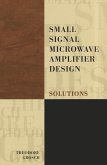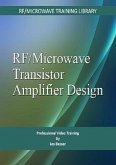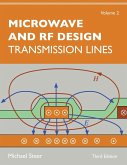This book was last updated in August 2023. The second edition of Fundamentals of RF and Microwave Circuit Design explores more aspects of this field in an easy to understand manner that is combined with practical examples and applications with the aid of open source software. Many improvements have also been incorporated in this edition. A new chapter is dedicated to sinewave oscillator circuit design, and time-domain analysis is introduced for the first time. Several chapter sections and appendices have been added to this edition. Unique use of collection of software tools together with simple presentation of important topics can provide a powerful methodology in designing and analyzing many passive and active RF/Microwave circuits. Microwave Engineering can be a fascinating and fulfilling career path. It is also an extremely vast subject with topics ranging from semiconductor physics to electromagnetic theory. The applications of each field are, however, diverse and unique. Unlike many texts on the subject this book does not attempt to cover every aspect of RF and microwave engineering in a single volume. Almost all subject matter covered in the text is accompanied by examples that are representative of practical engineering applications. University students will find this a potent learning tool. Practicing engineers will find the book very useful as a reference guide to quickly setup designs using the guidelines presented in the book and with the aid of various very practical software applications. The author thoroughly covers the basics as well as introducing CAD techniques that may not be familiar to some engineers. Topics discussed in this book include RF and microwave concepts and components, transmission lines, network parameters and the Smith chart, resonant circuits and filter designs, power transfer and lumped impedance matching network design, distributed impedance matching network design, distributed power dividers including Wilkinson, various amplifier circuit topologies, several widely used sinewave oscillator circuit topologies, and Monte Carlo application in circuit design optimization, all utilizing SPICE simulator as the core software. New trends in modern integrated circuit design and high frequency trends including RF/Photonic applications in microwave engineering are introduced and discussed. In general, passive microwave engineering is covered in chapters 1 through 6. Specific guidelines are provided, through examples, to design various transmission lines and completion of physical design. Two chapters (7 and 8) are focus of extensive active RF and microwave circuit design. In chapter 7, a spice model has been utilized for design of multiple single-stage amplifiers. A DC analysis is been performed first and transistor DC-IV curves are generated for proper selection of DC operating points. An AC analysis is then followed to generate S-parameters at desired DC biasing condition. From simulated two port parameters, RF parameters of interest including stability factors can be generated using LTspice equation editor. Furthermore, using internal capability of the software, a model has been developed to simulate and predict noise figure of the LNA circuit. Time-domain including transient analysis and Fast Fourier Transform (FFT) make design and analysis of oscillator circuits in both time domain and frequency domain possible. In Chapter 8 sinewave oscillator circuits are discussed. Several important and widely used oscillator circuits including Colpitts, Clad, and Crystal oscillators are introduced through examples and many practical issues have been tackled in detail. This chapter also covers new trends in modern IC technology and oscillator circuits for microwave applications. Application of Monte Carlo in engineering design process and sensitivity is also covered in chapter 8.
Hinweis: Dieser Artikel kann nur an eine deutsche Lieferadresse ausgeliefert werden.
Hinweis: Dieser Artikel kann nur an eine deutsche Lieferadresse ausgeliefert werden.

